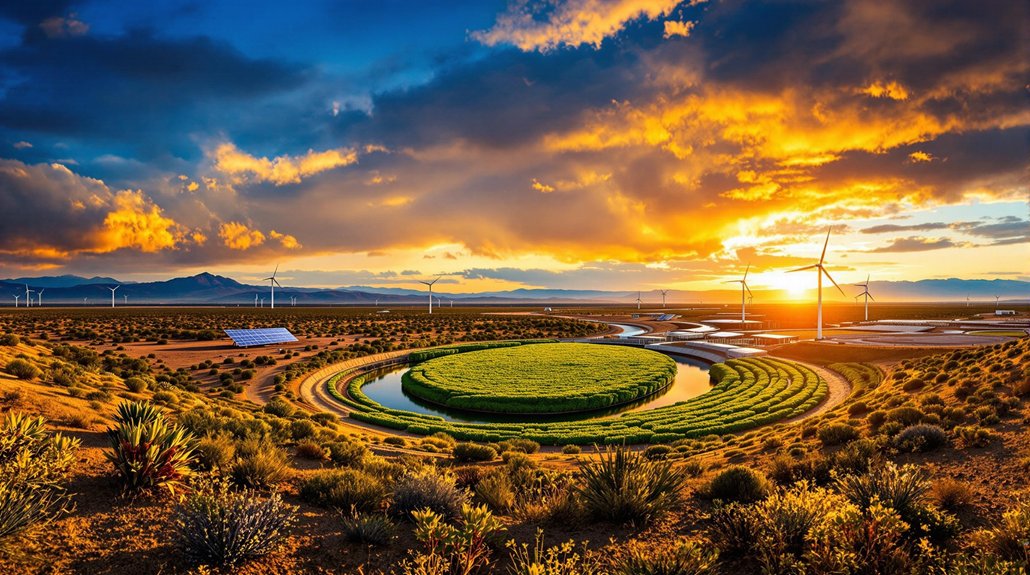New Mexico surprised many political observers in 2025 with unexpected climate victories. Despite facing a divided legislature, the state passed SB 21, restoring protections for rivers and streams that had been removed years earlier. The 50-Year Water Action Plan launched alongside a Community Benefit Fund to address growing water security concerns. Public participation in climate initiatives reached record levels, while investments in renewable energy created new jobs. What forces aligned to make these unlikely successes possible?
While facing increasing threats from drought and pollution, New Mexico has secured major climate victories through innovative legislation and planning. The recent passage of SB 21, known as the Water Protection Legislation, marks a notable achievement for the state. This law restores essential protections for rivers and streams that had lost federal Clean Water Act coverage. Environmental experts consider it a major climate win during the 2025 legislative session.
New Mexico isn’t stopping there. Three additional bills called the Clear Horizons Act, Community Benefit Fund, and Innovation in Government Act aim to speed up climate resilience efforts. These proposals focus on holding polluters accountable, investing in clean energy, and making government more efficient in the energy shift. The Community Benefit Fund passed with an impressive $210 million dedicated to communities disproportionately affected by climate change.
Building on success, New Mexico advances climate resilience through targeted legislation that ensures accountability, clean energy investment, and governmental efficiency.
Water security remains a top priority as the state launched a thorough 50-Year Water Action Plan. This initiative will guide water resource management through 2073. The plan builds on previous legislation like the Water Security Planning Act of 2023.
State officials organized 16 open houses across New Mexico to gather public input on regional water planning. Public participation in climate and water planning has grown considerably. Tribal entities, rural communities, and diverse stakeholders are contributing valuable local knowledge to climate strategies. This collaborative approach gives state leaders reasons for optimism despite serious water and climate challenges.
New Mexico’s FY2026 budget includes important funding increases for the Office of the State Engineer and Interstate Stream Commission. The state is also using federal money from the Inflation Reduction Act and Bipartisan Infrastructure Law to support its climate initiatives. The successful passage of SB 48 will create needed infrastructure to modernize the grid and enhance critical monitoring capabilities. These investments will help with monitoring, enforcement, and managing adaptation projects. The state’s renewable energy initiatives are projected to create a 75% increase in clean energy jobs compared to those that would exist with continued fossil fuel dependency.
The state’s climate victories come at a critical time. With water bodies threatened by drought and contamination, these actions strengthen New Mexico’s ability to adapt to changing conditions. Officials point to the collaboration between environmental groups, local leaders, and state agencies as the key factor in pushing forward these ambitious climate and water policies.








